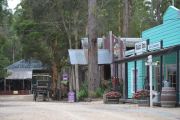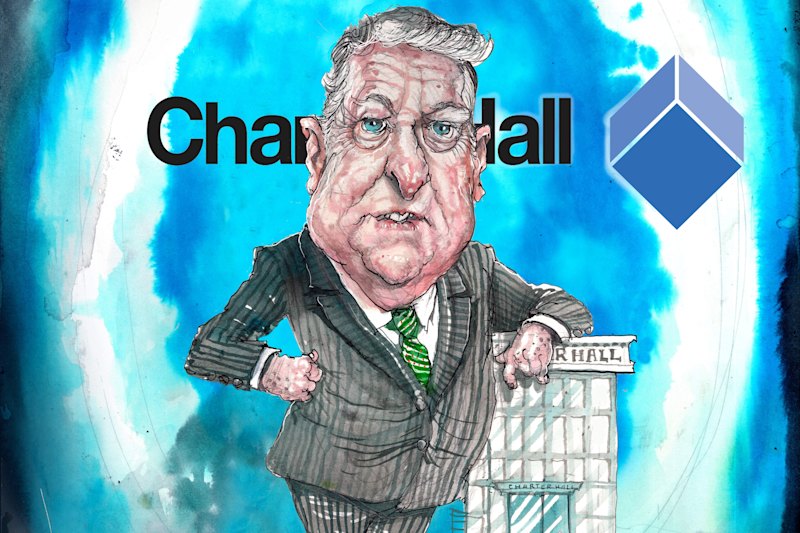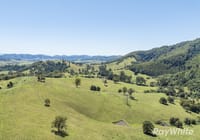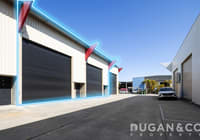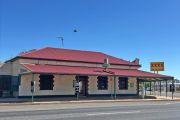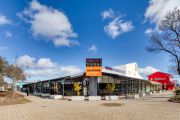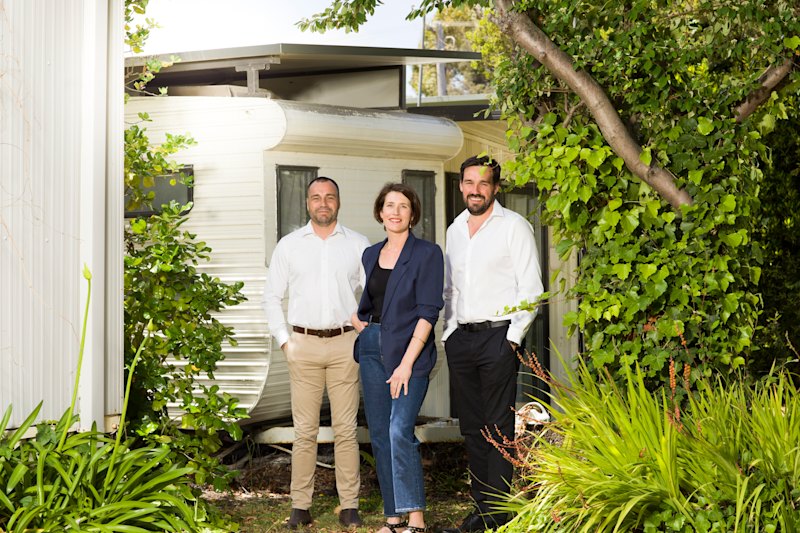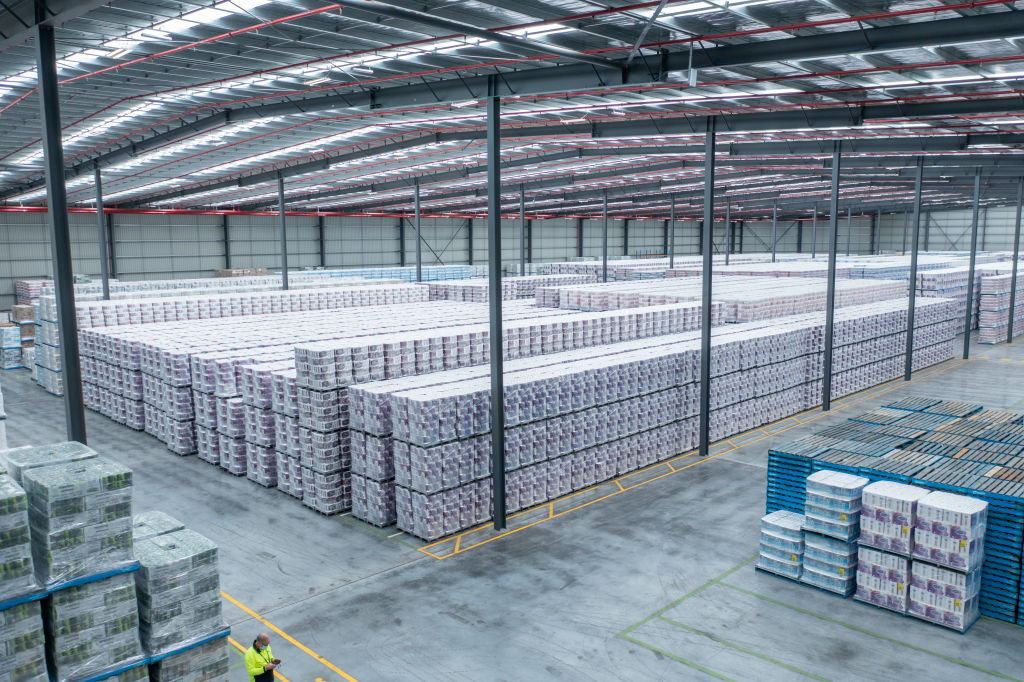
Industrial boom to continue for 'at least another two to three years'
Industrial property has smashed every record across Australia during the COVID-19 pandemic but will this boom continue to power through as our vaccination rates climb – or will it suddenly fall off the edge of a cliff?
“That’s the $64 million dollar question,” said Tony Crabb, director of Australian Property Futures. “The growth of e-commerce was certainly accelerated dramatically by COVID but, as everything opens up, how much of that will remain?
“I think we may see a bit of a deceleration, but the vacancy rate in industrial is down to about two per cent at the moment, and we’re still struggling to cope with demand and, in some places, we’re running out of land.”
Most experts believe the unprecedented rates of growth in the industrial sector still have at least two or three more years to run, with some believing it will carry on for as many as five.
“We’re still seeing outrageous demand from our clients, but the ones we’re talking to now are going to be transacting in three to four years,” said Jack Moroney, director of property at the supply chain, property and project services consultancy firm TMX.
“They’re often looking at complicated warehouse facilities and far more bespoke buildings that are designed to suit their business needs. We represent national and multinational companies, and we’re talking with clients about three to five years’ time, and with plans for 2024 and 2025.”
Colliers has just reported that the Australian industrial and logistics sector has completed its best year on record, providing a total return of 23.2 per cent this year to June 2021, with all the indications that this surge still has a long way to go.
Leasing demand is predicted to exceed 4 million square metres for 2021, up from the record 3.3 million last year, while investment volumes have already hit $12 billion, dwarfing 2016’s record of $47 billion. The growth, Colliers says, was driven by the continued shift to online retail – spurred on by the pandemic and lockdowns – and the requirements for big distribution centres and hubs closer to consumers, as well as the logistics boom.
Online sales now represent 13.9 per cent of total retail, with Collier forecasting this will rise to 18 per cent by 2025.
“Last year and this year have both been incredible with the market performing at a level we’ve never seen before,” said Gavin Bishop, Colliers’ head of industrial capital markets Australia. “We’ve had record pricing for deals that are compressing yields, but there’s also strong rental growth, and there’s no sign of the growth easing at all at the moment.
“We’ll see this continue for the next two to three years definitely unless there’s a major change in global markets, but I can’t see any reason for that to happen. The industrial sector has been a significant beneficiary of COVID, and it’s been phenomenal.
“It’s really pushed pricing to a whole new level, and the impact on the supply chain made Australia realise how reliant we are on China, so there’s a lot of manufacturing now coming back onshore, with the Government providing stimulus to encourage that.”
E-retailers have been spearheading the demand for warehouse space, with NAB’s Online Retail Sales report finding that $50 billion was spent on online retail in Australia in the 12 months to June 2021, an increase of 56 per cent on the previous year.
“That’s been a long-term structural shift that accelerated during COVID,” said Richard Stacker, Charter Hall industrial & logistics CEO. “That’s part of the story, while the other part is that these warehouses are getting bigger and more sophisticated for companies like Woolworths, Coles, Bunnings and Kmart.
“People have also been exposed through the COVID period to disruptions in the supply chain, so they’re needing to hold more inventory and for longer, and need more space for that. In addition, we’re seeing more automation as a result of shortages of labour and the cost of labour. This automation can’t be put into existing sheds, so they’re building bespoke, multi-level, new-generation warehousing.”
Amazon is on track, he says, to build Australia’s largest warehouse, spanning 200,000 square metres over four levels – the equivalent to 24 rugby league fields – in Western Sydney, at a reported cost of $500 million.
“This boom isn’t going away in the short or medium term,” Mr Stacker said. “This trend has a lot further to go.”
Melbourne has been a major player in the expansion of industrial, with around 1.7 million square metres in leases recorded across Greater Melbourne over the past financial year – more than 2.4 times the long-run average of 720,000 square metres, according to JLL.
Melbourne’s western growth corridor, with cheaper land and easy access to the port, gives it a significant advantage, says Charter Hall.
In Sydney’s main growth area, Western Sydney, land values have doubled over the last three years, reports TMX. “Our analysis shows that yield compression is driving industrial land value growth of eight to 10 per cent across 2021 in Western Sydney,” said Mr Moroney.
“As a result, 1-5-hectare lot land values in the core markets of Eastern Creek and Erskine Park are likely to be priced closer to $1,000 per square metre by the end of this year.”
Even if yields flatten, the expectation is that rental growth will increase incrementally across industrial markets, believes Chris O’Brien, executive director of CBRE’S industrial & logistics, capital markets division. “If yields slow down a little bit, that will help rental growth,” he said. “We’re not even close to satisfying the amount of demand in the market when looking at the supply that’s required.
“It really is only the beginning of industrial growth. It’s got further to go yet, for at least two to three years.”
